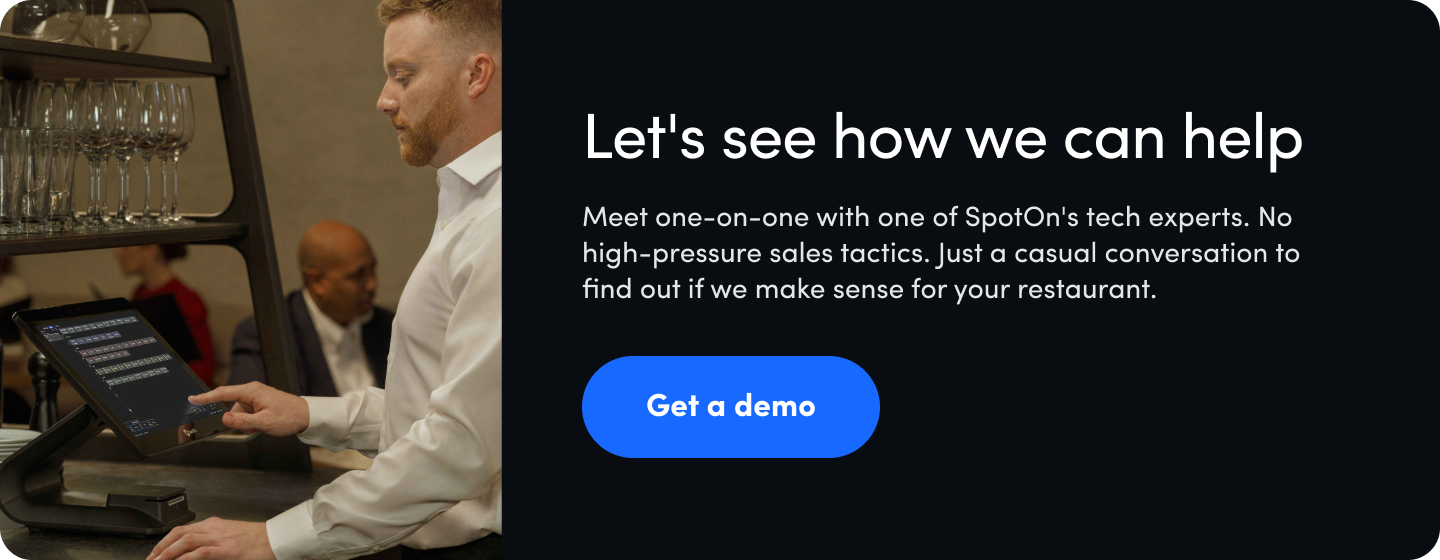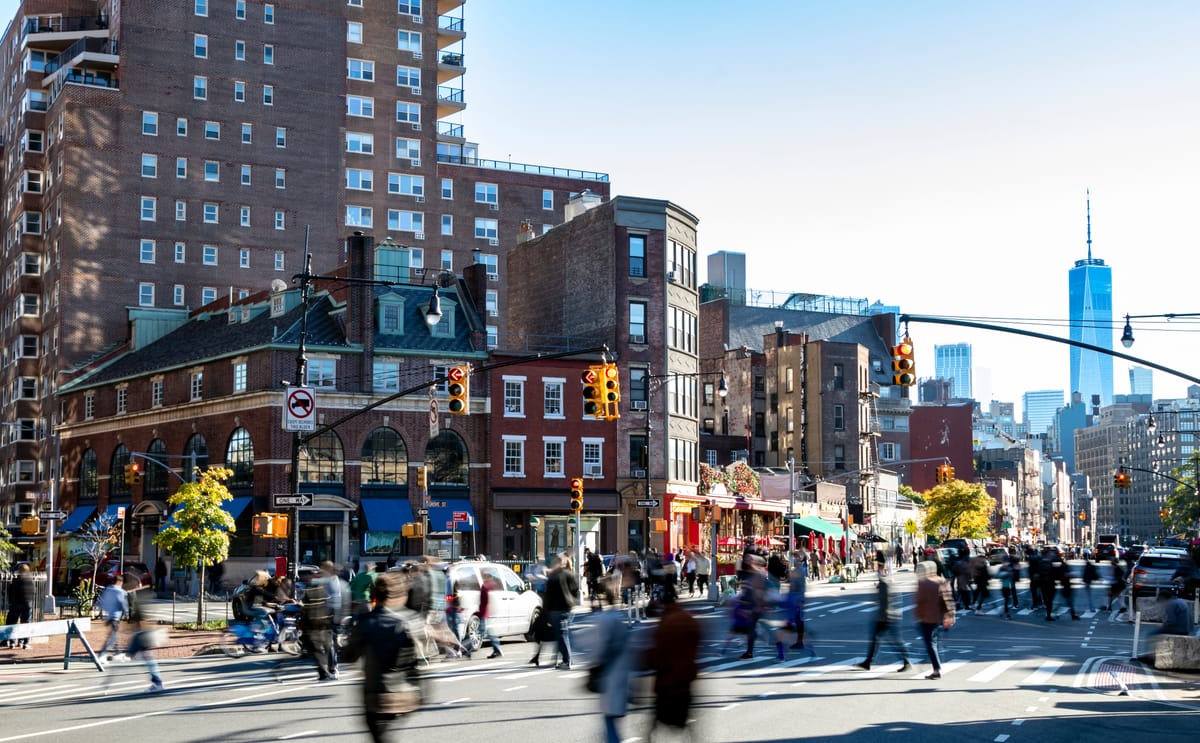Apple orchards, $1 slices, Michelin-starred fine dining establishments, and all the halal carts that your heart desires—New York is the place to go when you're hungry. Whether in the hamlets of upstate or the restaurant-dense thicket of New York City, the Empire State is home to many minimum-wage workers.
The state first established a $1 general minimum wage in 1960 that applied statewide. Starting in 2016, New York determined minimum wage increases based on employment location, industry, and number of employees.
On January 1st 2025, the minimum wage increased to $16.50 per hour in New York City and $15.50 per hour in the rest of the state. The wage increase is part of a multi-year plan for gradual annual increases slated to end in 2027, ultimately indexing the minimum wage to inflation. 2026 will again see the minimum wage increase annually by $0.50, bringing the ultimate state minimum wage to at $17 in New York City, Westchester, and Long Island, and $16 in the rest of the state.
What does this mean for restaurants? Restaurant staff are tipped food service employees, meaning their minimum wage requirements are different. New York also differentiates between fast food workers, service employees, and food service workers.
See where your restaurant falls in the existing wage orders and what you need to do to stay compliant with recent amendments.
What is the minimum wage in New York state?
As of January 1, 2025, the Department of Labor raised the minimum wage to $15.50 for all employees outside of New York City, Long Island, and Westchester.
New York State Basic Minimum Hourly Rate (per hour)
Source: New York State Department of Labor.
The restaurant industry makes up 9% of total jobs in the Empire state, per the National Restaurant Association. While New York City makes up the bulk of the New York State restaurant industry, there are still plenty of restaurants adhering to the minimum wage New York state outlined for workers.
What is the minimum wage in New York City?
New York City has its own minimum wage requirements which are higher than the rest of the state. For both large and small employers, the minimum wage is $16.50. Tipped food service workers can be paid a cash wage of $11, with a tip credit of $5.50, bringing the total pay per hour to $16.50. This applies to both large and small employers.
New York City Basic Minimum Hourly Rate (per hour)
Source: New York State Department of Labor.
What is the minimum wage in Long Island and Westchester County?
In Long Island and Westchester, employers must pay employees the same minimum wages as employers in New York City. The rising cost of living in the areas surrounding New York City has led to further increases to the minimum wage rate. In 2019, the minimum wage rate in these areas, while higher than the rest of the state, was $2 less than New York City proper. Since 2021, minimum wages have increased to reach parity with New York City.
Long Island and Westchester Basic Minimum Hourly Rate
Source: New York State Department of Labor.
How does the minimum wage differ for tipped employees in New York?
While some major cities, like Chicago, have eliminated tip credit giving employers until 2028 to meet minimum wage regulations, New York's minimum wage laws allow employers to combine tip credit and cash wage to make up the pay per hour.
In New York City and the surrounding area, urban wage earners can receive a $5.50 credit for tips received combined with a $11 cash wage. In the rest of the state, minimum wage workers can get a $4.65 tip credit with a $10.35 cash wage.
If an employer is using tip credit to pay a cash wage below the minimum wage rate, they must comply with certain labor regulations. Federal minimum wage law states that employers must give written or oral notice regarding the following:
- The cash wage amount being paid to the employee
- The tip credit amount
- Notice that the tip credit claimed by the employer can't exceed the amount of tips actually received by the employee
- Notice that all tips are to be retained by the employee, except for in the case of a valid tip pooling arrangement
- Notice that the tip credit will not apply to tipped employees unless they're aware of these provisions
Which workers qualify as tipped employees? How do the roles differ?
New York State labor law outlines minimum wage by geographical location, size of the business, and the type of role. Hospitality industry employees are broken into three categories.
Fast food workers
The New York State Department of Labor defines fast food establishments as any business that primarily serves food and drinks, offers limited service, and is a chain of 30 or more locations. Notably, employers of fast food workers cannot apply tip credit to make up fast food workers' minimum wages.
Tipped food service workers
Minimum wage laws for these workers allow employers to incorporate tips into cash wages. Any employee who primarily handles serving food or beverages and regularly receives tips falls into this category. This includes wait staff, bartenders, and bussers, but it doesn't include delivery workers. Delivery workers have their own minimum wage laws in New York City (and future increases tied to the consumer price index).
Tipped service employees
Service employees are any employees who do not work primarily in food service but still receive tips. Think valet, coat check staff, or other support staff members who work in a service capacity. These employees must receive minimum wage rates, but the tip credit can be factored into their take-home pay.

Know how minimum wage laws apply to New Yorkers.
While the most recent change to the federal minimum wage happened over 10 years ago, the New York legislature has enacted wage increases that will continue through 2027. These employment laws mean minimum wage workers will see a pay bump, but they'll also have an impact on non-exempt salaried employees and business owners.
First off, managers and owners will need to understand the new minimum wage rates and ensure they remain compliant. This will require communicating the wage increase with their workers and keeping up with further increases. Some small business advocates argue that increasing current minimum wage rates will force employers to cut jobs, meaning the New York minimum wage hike could have ripple effects.
Non-compliance with New York minimum wage rates has consequences. If you pay employees less than minimum wage, withhold overtime pay, tips or promised holiday pay, or lower wages without prior notice, employees may file a claim with the Department of Labor.
In New York, unpaid wages are a serious matter. Businesses that don't comply with minimum wage laws must pay back wages within 30 days. In addition, they may have to pay interest, civil penalties, or liquidated damages.
Stay labor-compliant with the right tech
If you're an employer, you want workers to see the right amount on their paychecks. But sometimes, it can take additional assistance to factor in the most recent minimum wage increase with tip amounts and the specific needs of your tipped service employees.
With the right point-of-sale system, you can easily streamline all the time spent tediously checking if every number is in the right place while ensuring you check every box needed to stay labor-compliant. Start saving time and energy with payroll, tip management, and employee scheduling software.
Interested in the minimum wages in different states? Check out our guides below to learn more:
- Texas minimum wage 2025
- California minimum wage 2025
- Illinois minimum wage 2025
- Michigan minimum wage 2025

DISCLAIMER: Everything here is just for informational purposes. The links and graphics may not be accurate and we encourage you to do your own research. Also, we can't guarantee results from following our advice. Always consult a professional for your specific situation.














